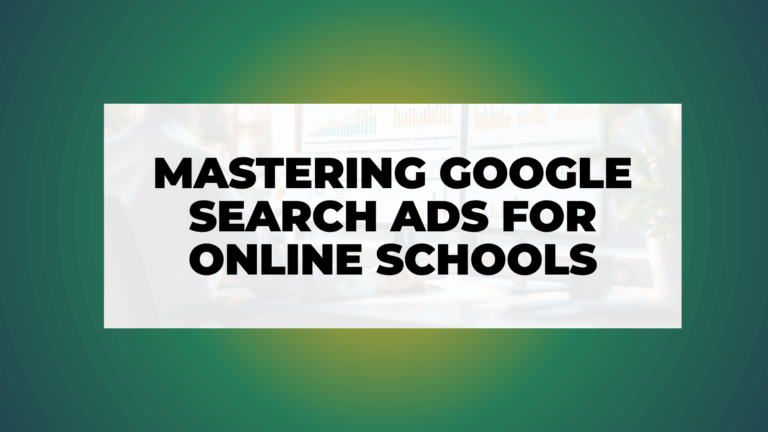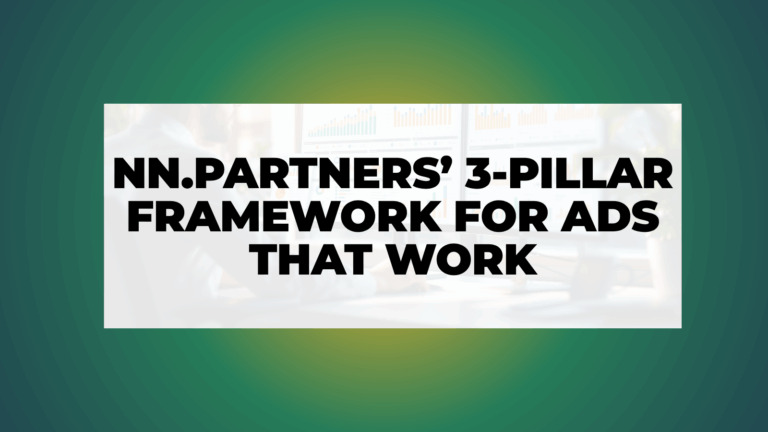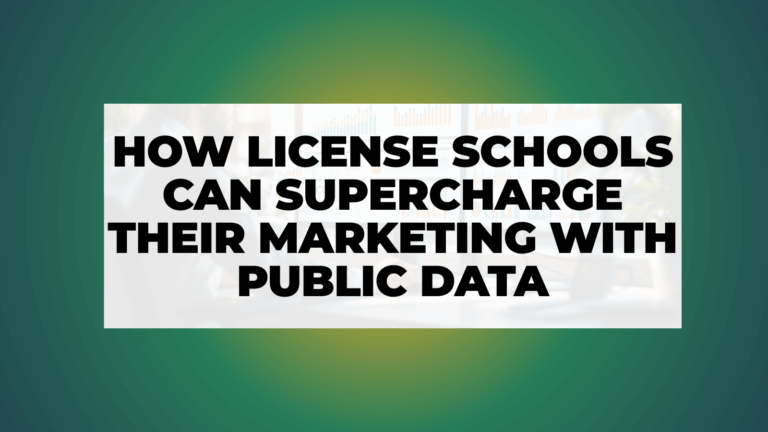“Facebook ads is just not working for my industry…”
That was what my client said when we started on the platform a few months ago. I hear this all the time—people are skeptical about Facebook ads (aka Meta), especially when it comes to industries that seem more suited to other channels. But this client, an online school, was exploring platforms to grow their business, and we discussed Meta’s platform.
“Who’s using Facebook these days? Our customers probably aren’t. And even if they are, I’ve heard so many bad things about the platform—I doubt it will ever work for us.”
Sound familiar?
If you’ve ever had similar thoughts, you’re not alone.
Clients often ask me, “Is Facebook still relevant?” or “Can my industry really find success there?”
In this case, the client was convinced Google was where they needed to focus.
“Google search is where the business is made,” they said. “Bing might be a backup for unconventional shoppers, but Facebook ads? Come on.”
It’s true that a lot can go wrong with Facebook ads. Some businesses dive in without a strategy, burn money, and come out empty-handed. But here’s the thing: if you’re making revenue on Google, Facebook will almost certainly work with the right approach.
The Challenge
Despite their skepticism, the client agreed to give Facebook ads a try—under strict conditions. We had to hit a 3x ROAS (Return on Ad Spend). That’s a tough ask, but we love challenges.
To get there, we developed a strategy built on three key pillars: tracking, structure, and communication.
1. Conversion Tracking
The first thing we tackled was conversion tracking.
You can’t make informed decisions if you’re not capturing every single relevant action on your site. So, we ensured that not a single click would be missed. This included setting up a full event funnel, covering both online and offline conversions, UTM markup for accurate source tracking, implementing the Facebook Conversion API, and a simplified dashboard for real-time data.
This level of precision gave us an advantage. We knew exactly where to optimize because nothing was slipping through the cracks.
2. Campaign Structure
Next up was the account structure. We built it around two core elements: prospecting and remarketing.
- Prospecting (Middle of Funnel): We targeted users who were aware of the brand but hadn’t yet made a decision. These were people who had visited the site, engaged with content, but hadn’t converted.
- Remarketing (Bottom of Funnel): We focused on remarketing to those who had visited but got distracted before completing a purchase. This was low-hanging fruit—an easy win for the campaign.
But we didn’t stop there.
Middle and top-of-funnel campaigns targeted a cold audience—those who had never interacted with the brand. This was the real challenge, and it’s where most businesses struggle. But it was also where we saw the most growth potential.
3. Communication
Lastly, we developed a communication strategy that would resonate deeply with the target audience. How?
We used customer research, sales interviews, and data scraped from social platforms to build detailed customer personas. Armed with these insights, we approached our communication from two angles: storytelling and one-shots.
- Storytelling: The online school had numerous benefits to highlight, but cramming them all into one ad would be overwhelming. So, we broke them down into a mini-series of 8 standalone ads, each no longer than 60 seconds. These ads featured everything from general intros to customer success stories, delivering one key benefit per video.
- One-shots: These were short, problem-focused videos targeting specific demographics and their pain points. Each one was designed to trigger action from the largest customer segments.
The Rocky Start
When we first launched, it wasn’t smooth sailing.
Sales were slow. Initial returns weren’t meeting the target.
This can be disheartening, especially when the client is already skeptical.
But we didn’t give up.
We tested, optimized, and refined every element of the campaign.
Slowly but surely, the sales began to come in.
The Turning Point
Eventually, we hit the magic number: a 3x ROAS. But we didn’t stop there.
By analyzing the data, continuing to optimize, and constantly refining the campaign, eventually we doubled the ROAS.
The platform that the client once doubted became their most profitable channel, returning 6 dollars for every 1 dollar spent.
Facebook ads, which started as a “maybe,” had become a cornerstone of their marketing strategy. It didn’t just work—it exceeded expectations.
The Result
Fast forward to Q4, and the client is on track to close the best year in the company’s history which we absolutely happy about!
Moral of the Story?
Advertising on Meta may not work for your business… until it does.




